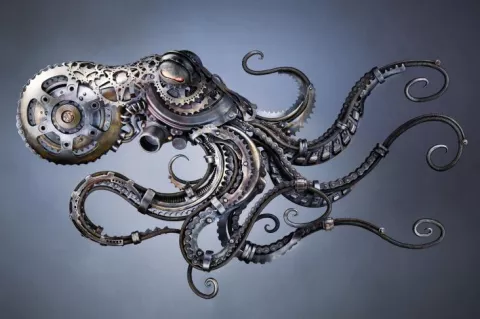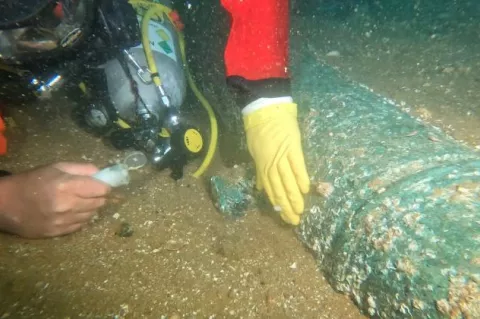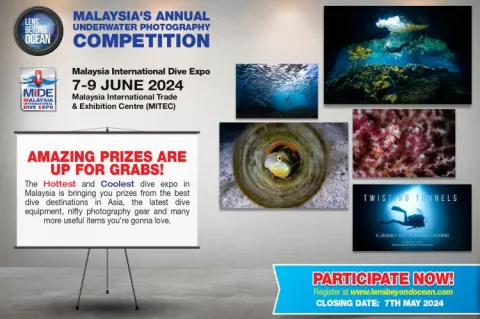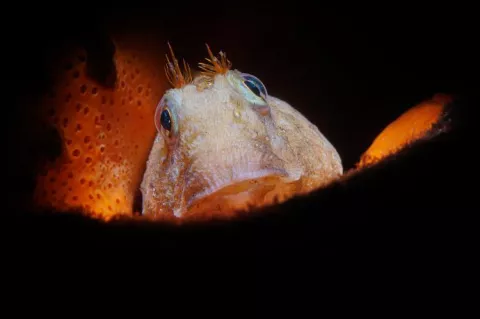Portfolio: Alan Williams
Alan Williams, a British artist based in Brighton, creates astounding and intricate sculptures of marine life from found and upcycled metal objects. X-Ray Mag interviewed the artist to learn more about his creative process and perspectives.






